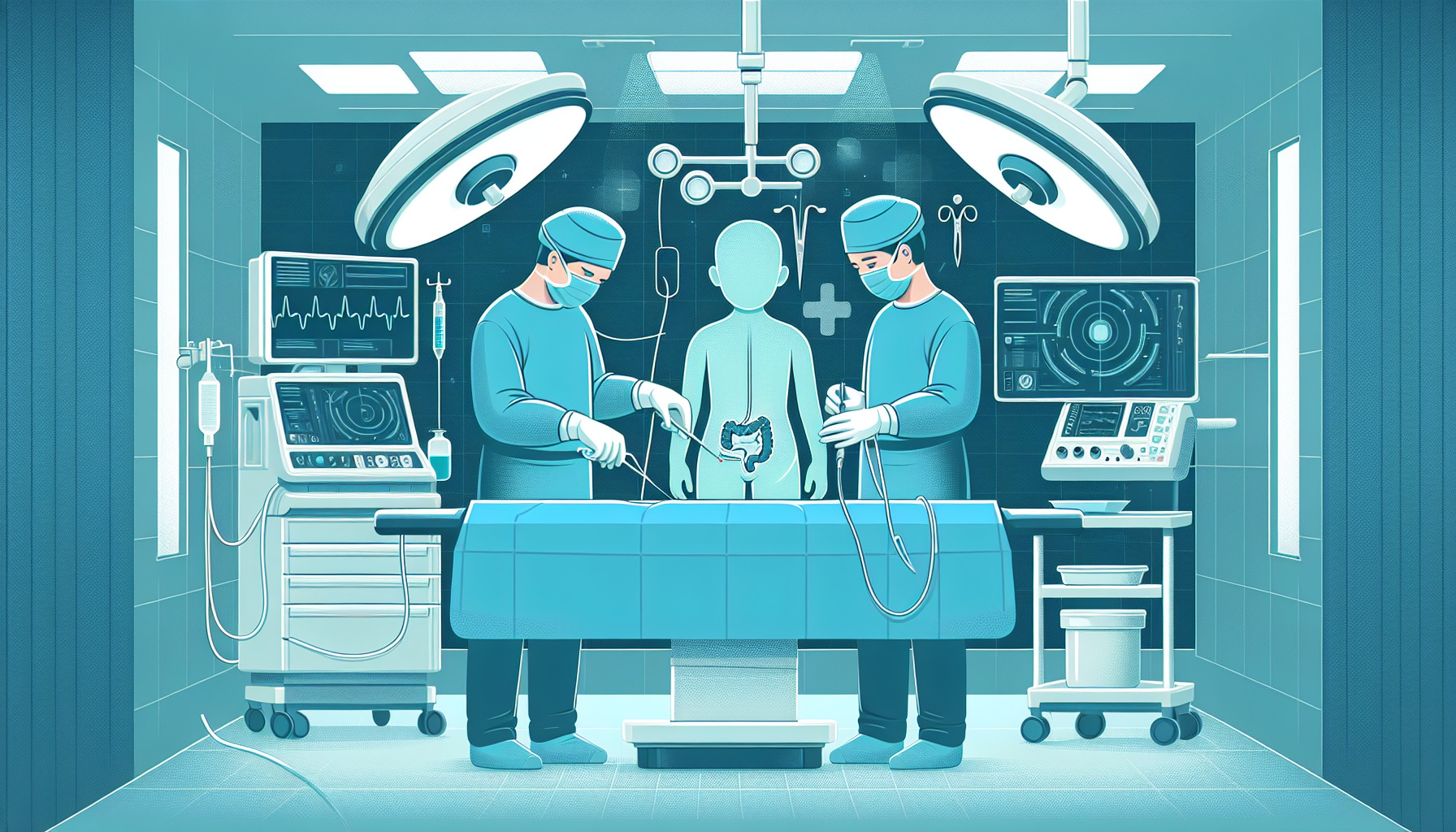Our Summary
This research paper is about a 14-year-old girl who had severe groin pain due to nerve damage. This damage happened when she had surgery to remove her appendix three years ago. Her pain got worse over time and didn’t respond to typical treatments like nerve blocks. The doctors decided to do surgery again since she met the criteria for a condition known as chronic post-operative inguinal pain (CPIP), which is long-term pain in the groin area after surgery.
During the surgery, doctors found and confirmed that a nerve in her lower abdomen was injured. They performed a procedure called neurolysis on the damaged nerve. After the surgery, the girl felt a lot less pain, her skin color returned to normal, and she no longer had an abnormal sensitivity to pain. She was able to gradually stop taking pain medication and eventually didn’t need it at all.
The authors conclude that surgeons need to know the anatomy of the groin area very well to avoid complications like CPIP. They also suggest that surgery can be an effective way to control severe pain in patients who don’t respond to other treatments. They call for more research on this topic in children to understand how it affects them differently from adults.
FAQs
- What is chronic post-operative inguinal pain (CPIP)?
- What is the procedure called neurolysis that was performed on the girl’s damaged nerve?
- Why do the authors call for more research on CPIP in children?
Doctor’s Tip
A doctor might tell a patient undergoing a pediatric appendectomy to follow post-operative care instructions carefully to prevent complications such as chronic post-operative inguinal pain. It is important to communicate any persistent or worsening pain to your healthcare provider so that appropriate treatment can be provided.
Suitable For
Pediatric patients who have undergone an appendectomy and continue to experience severe groin pain that does not respond to other treatments may be recommended for surgery to address chronic post-operative inguinal pain (CPIP). In this case, the patient was a 14-year-old girl who had nerve damage resulting from her previous appendectomy surgery. This type of surgery may be recommended for pediatric patients who meet the criteria for CPIP, which is long-term pain in the groin area following surgery.
It is important for surgeons to have a thorough understanding of the anatomy of the groin area in order to prevent complications like CPIP. Surgery, such as neurolysis on the damaged nerve, can be an effective way to alleviate severe pain in pediatric patients who do not respond to other treatments. More research is needed on this topic in children to better understand how they may differ from adults in terms of pain management and outcomes following surgery for CPIP.
Timeline
Before pediatric appendectomy: The patient experiences symptoms such as abdominal pain, nausea, vomiting, and fever. A diagnosis of appendicitis is made based on physical examination, blood tests, and imaging studies. The patient undergoes surgery to remove the inflamed appendix.
After pediatric appendectomy: The patient may experience pain, discomfort, and fatigue after the surgery. They are typically monitored in the hospital for a few days to ensure proper healing and to manage pain. The patient is given instructions on post-operative care, including wound care, diet restrictions, and activity limitations. Follow-up appointments are scheduled to monitor recovery and address any complications that may arise. In some cases, patients may experience long-term complications such as chronic post-operative inguinal pain, which may require further treatment such as nerve blocks or surgery.
What to Ask Your Doctor
Some questions a patient should ask their doctor about pediatric appendectomy include:
- What are the potential risks and complications of pediatric appendectomy surgery?
- How long is the recovery period after pediatric appendectomy surgery?
- Will there be any long-term effects or complications from the surgery?
- What are the signs of complications after pediatric appendectomy surgery that I should watch out for?
- Are there any specific post-operative care instructions or restrictions I need to follow?
- How soon can my child return to normal activities, such as school and sports, after pediatric appendectomy surgery?
- What type of pain management options will be available for my child after surgery?
- Are there any dietary restrictions or guidelines my child should follow after pediatric appendectomy surgery?
- How often should my child follow up with their doctor after pediatric appendectomy surgery?
- Are there any specific signs or symptoms that indicate a potential issue with the appendix after surgery?
Reference
Authors: Quevedo Orrego E, Robla Costales J, Rodríguez Aceves C, Diana Martín R, González Álvarez A, Socolovsky M. Journal: Childs Nerv Syst. 2021 Jun;37(6):1825-1830. doi: 10.1007/s00381-021-05177-w. Epub 2021 Apr 27. PMID: 33904935
